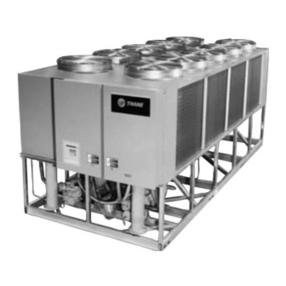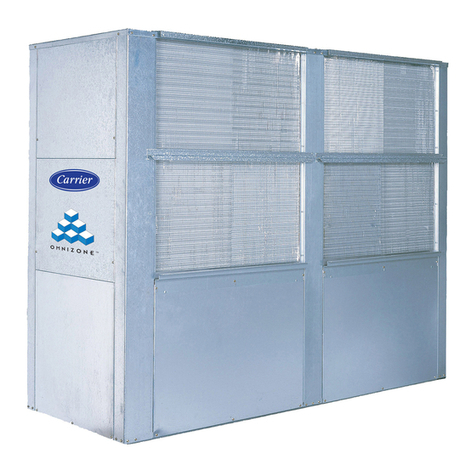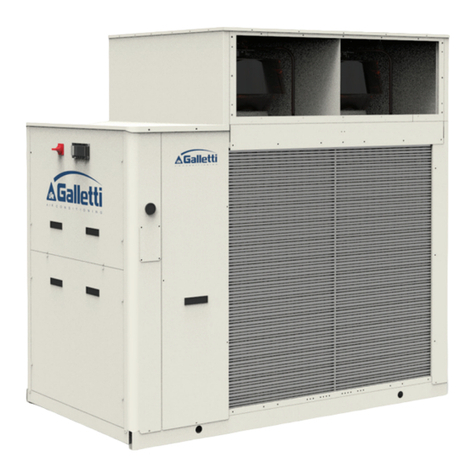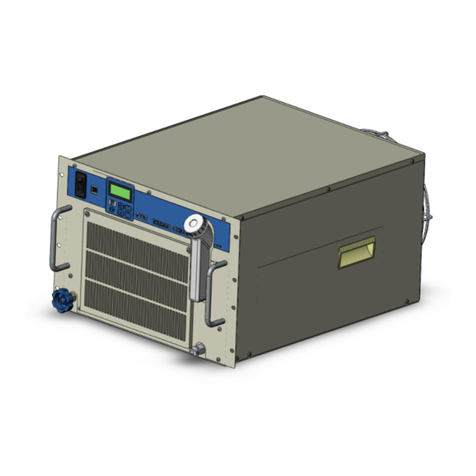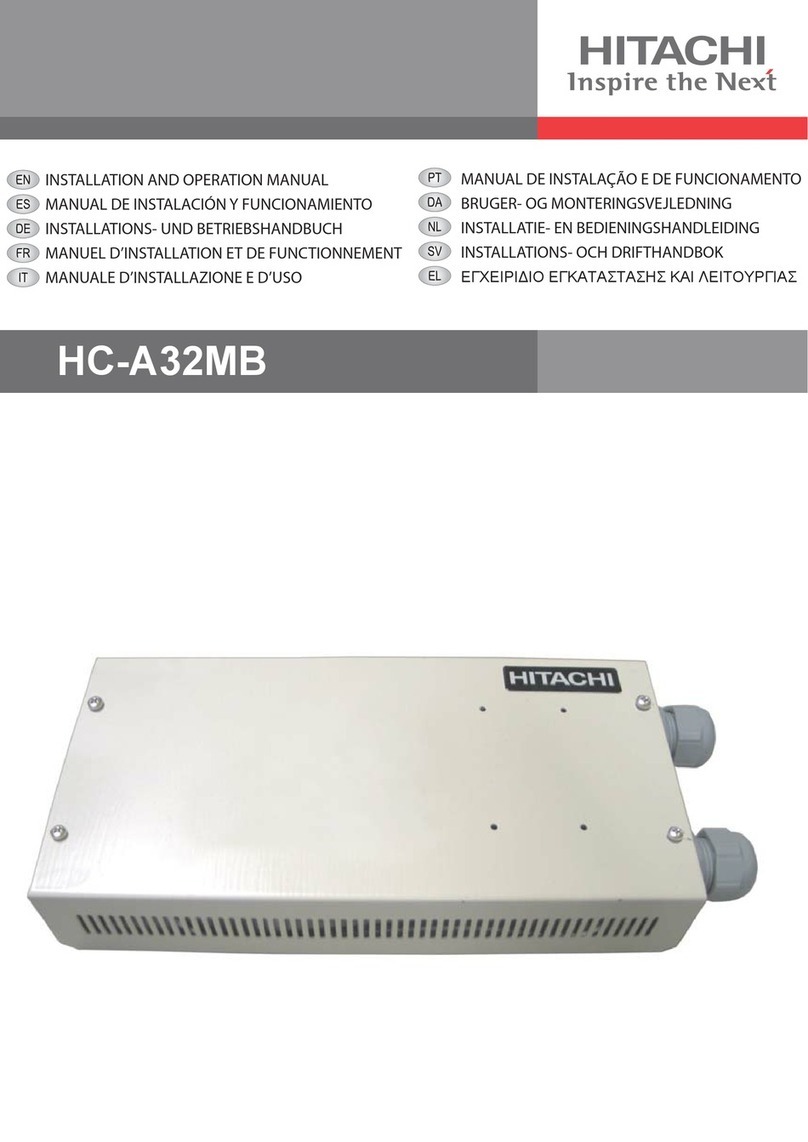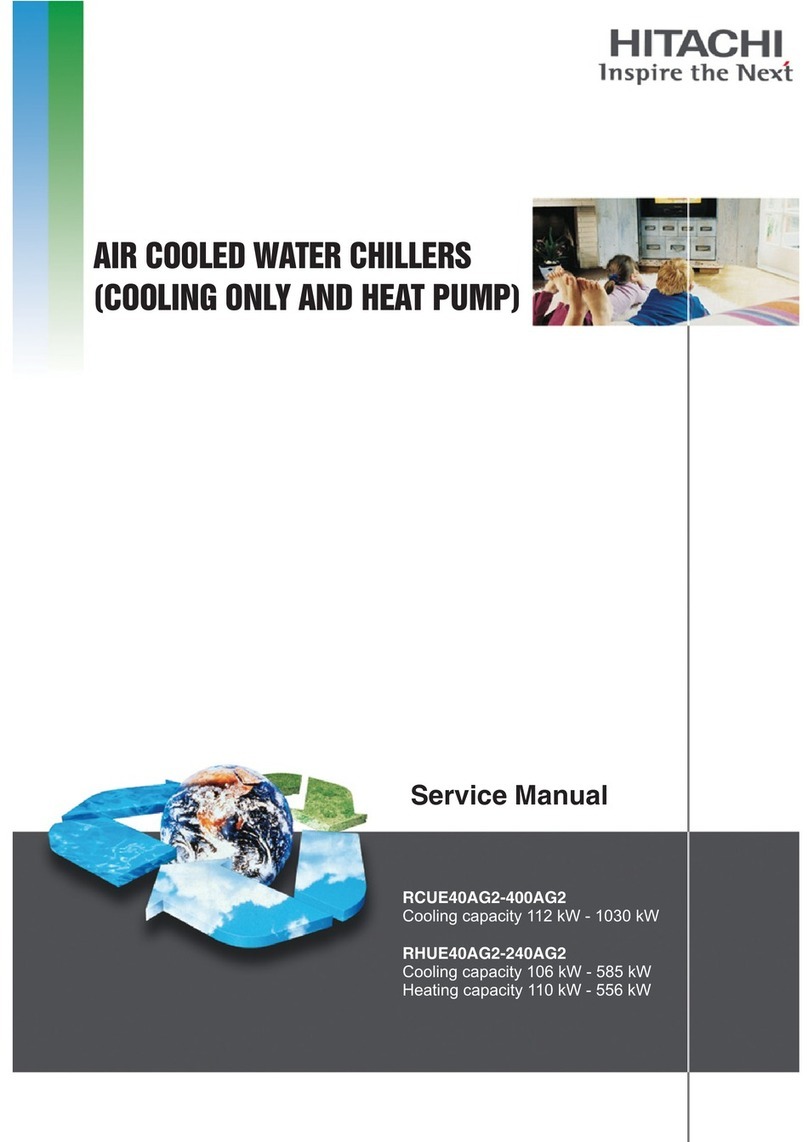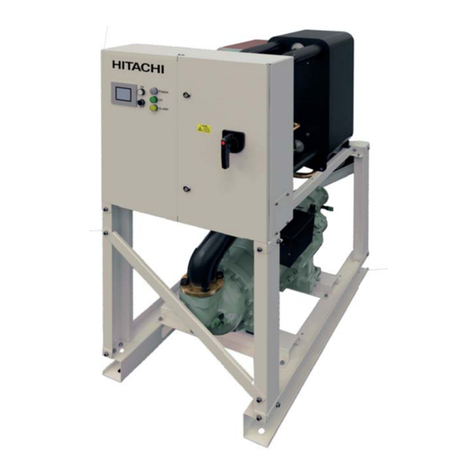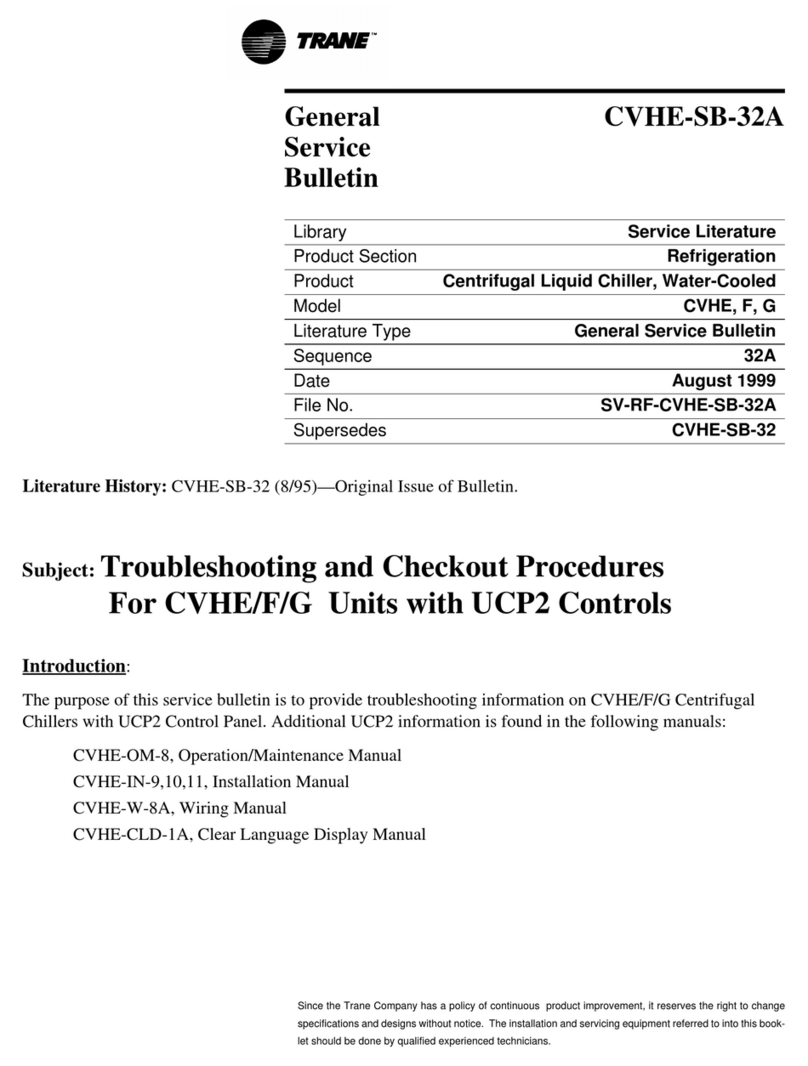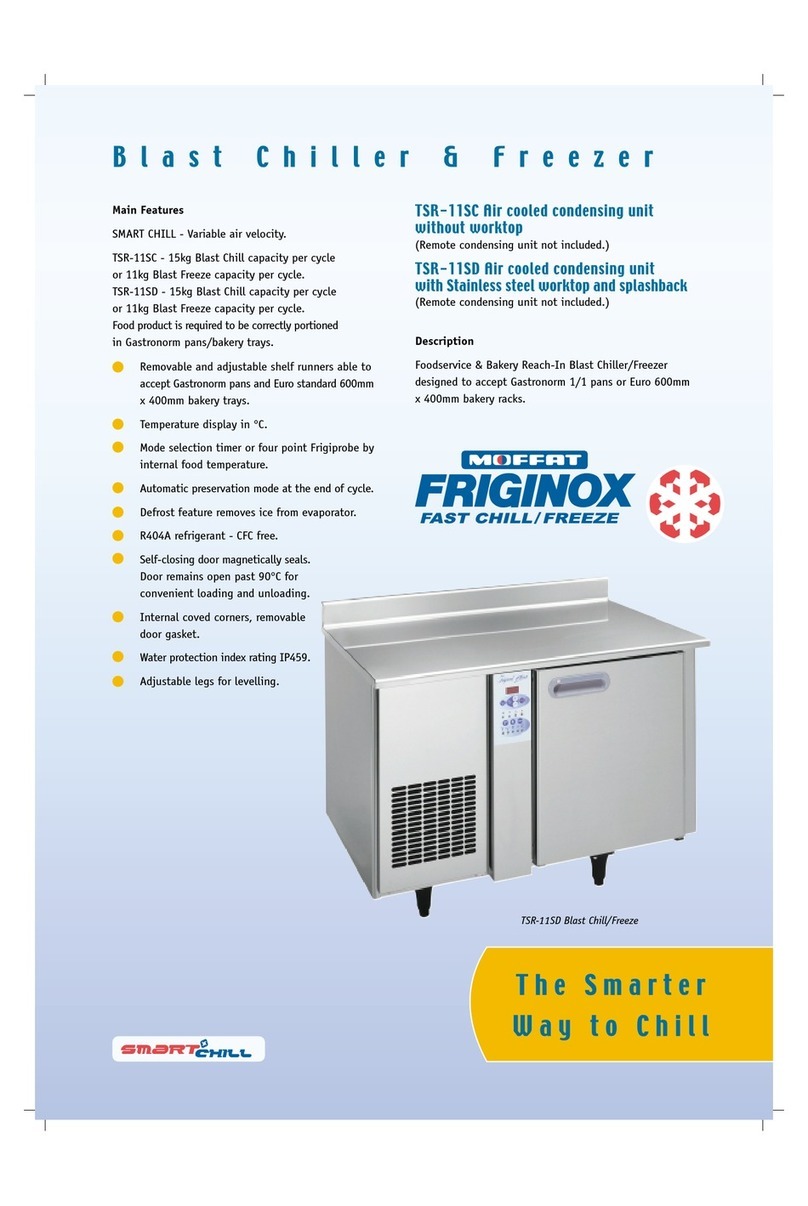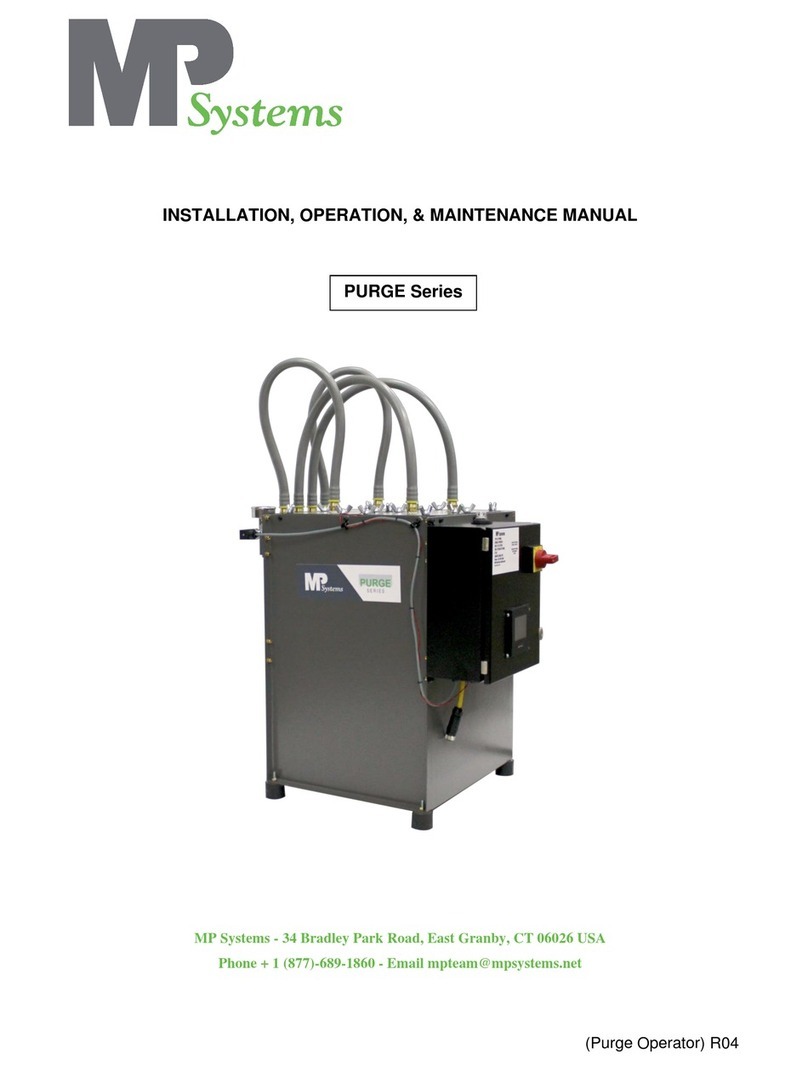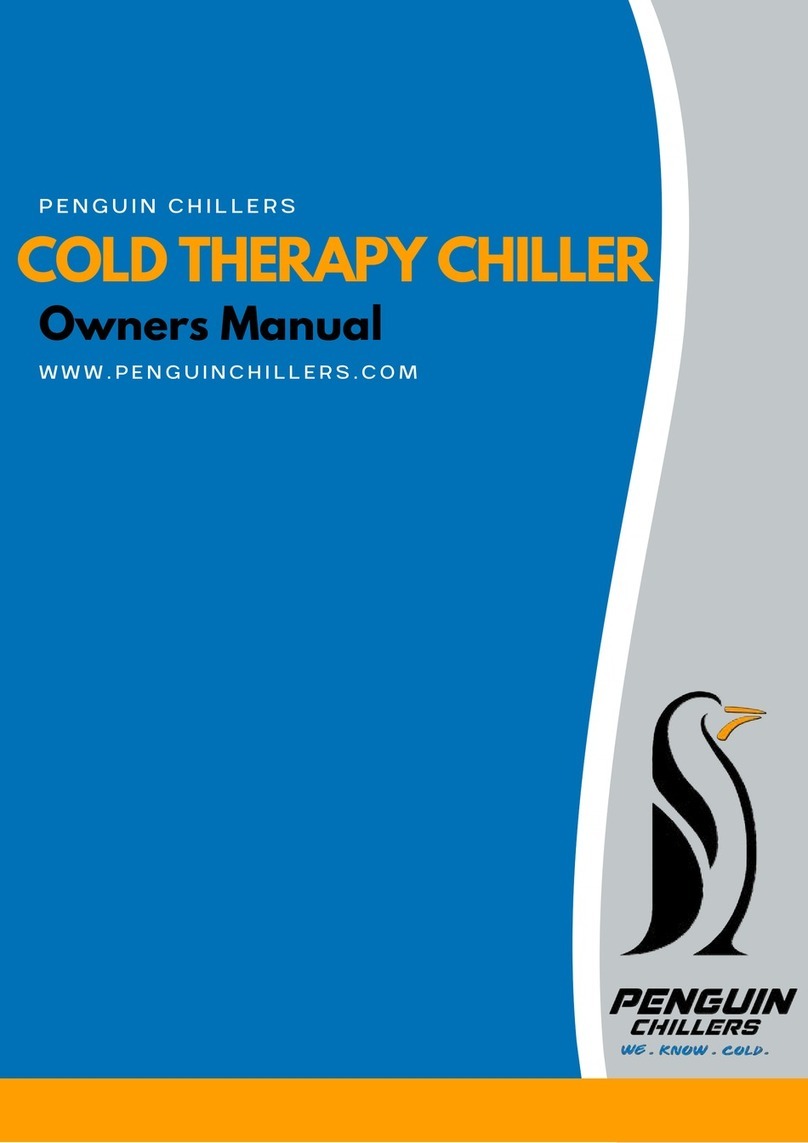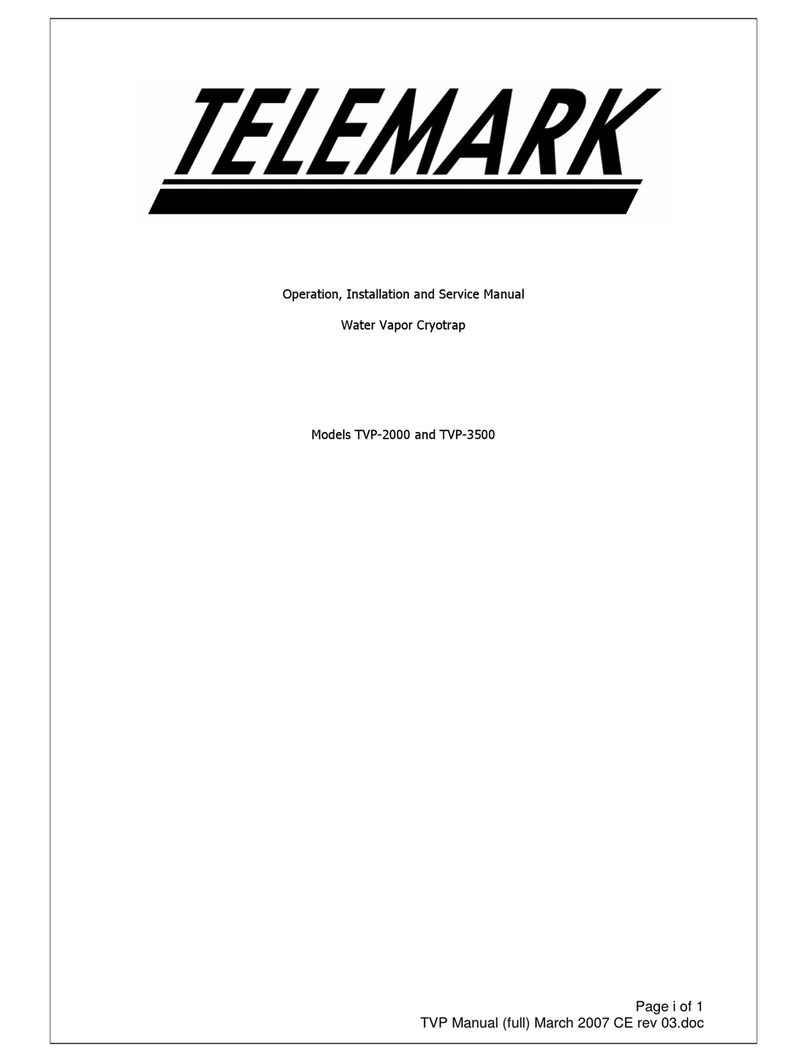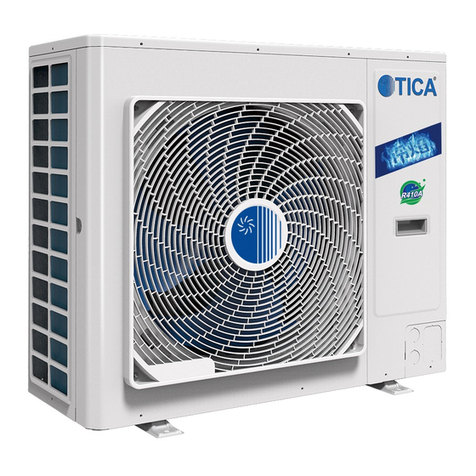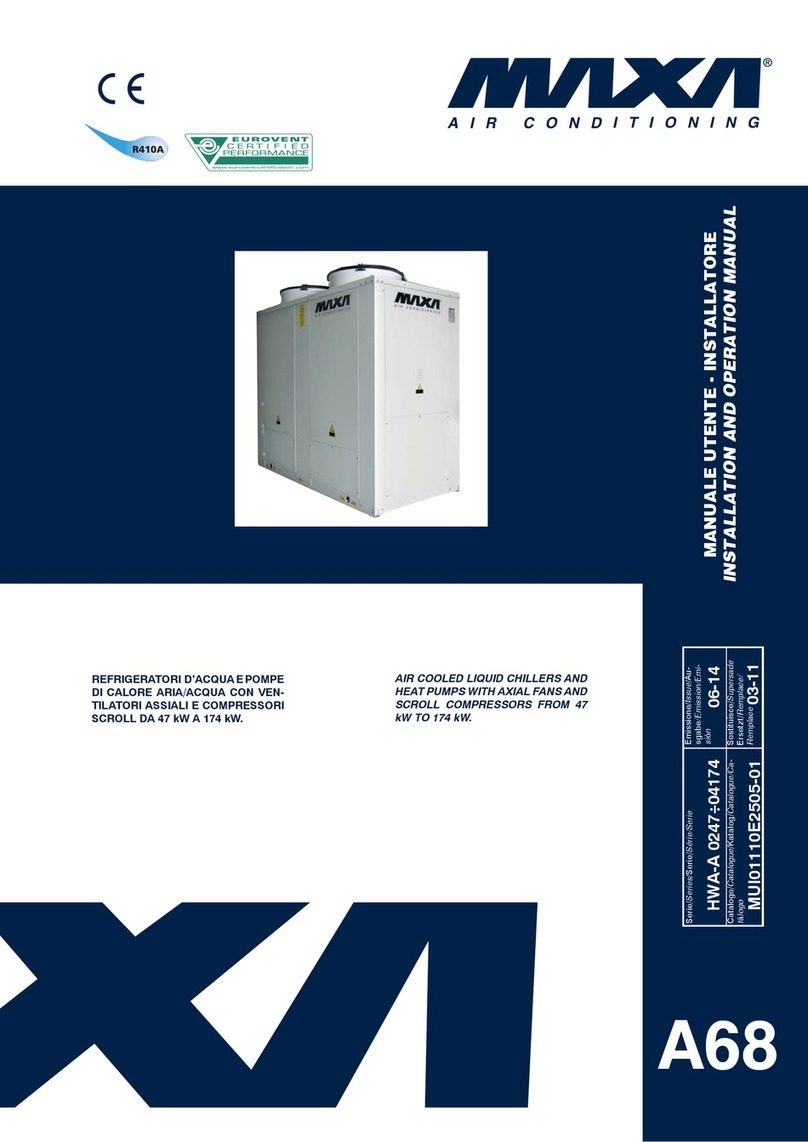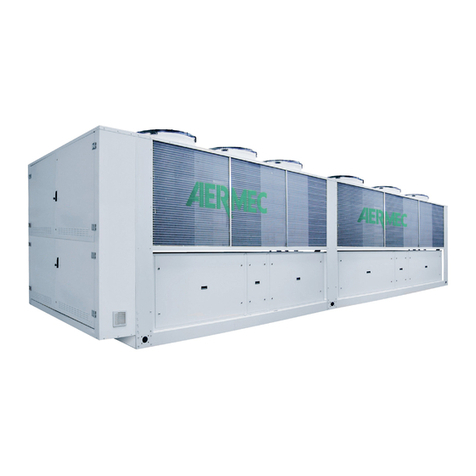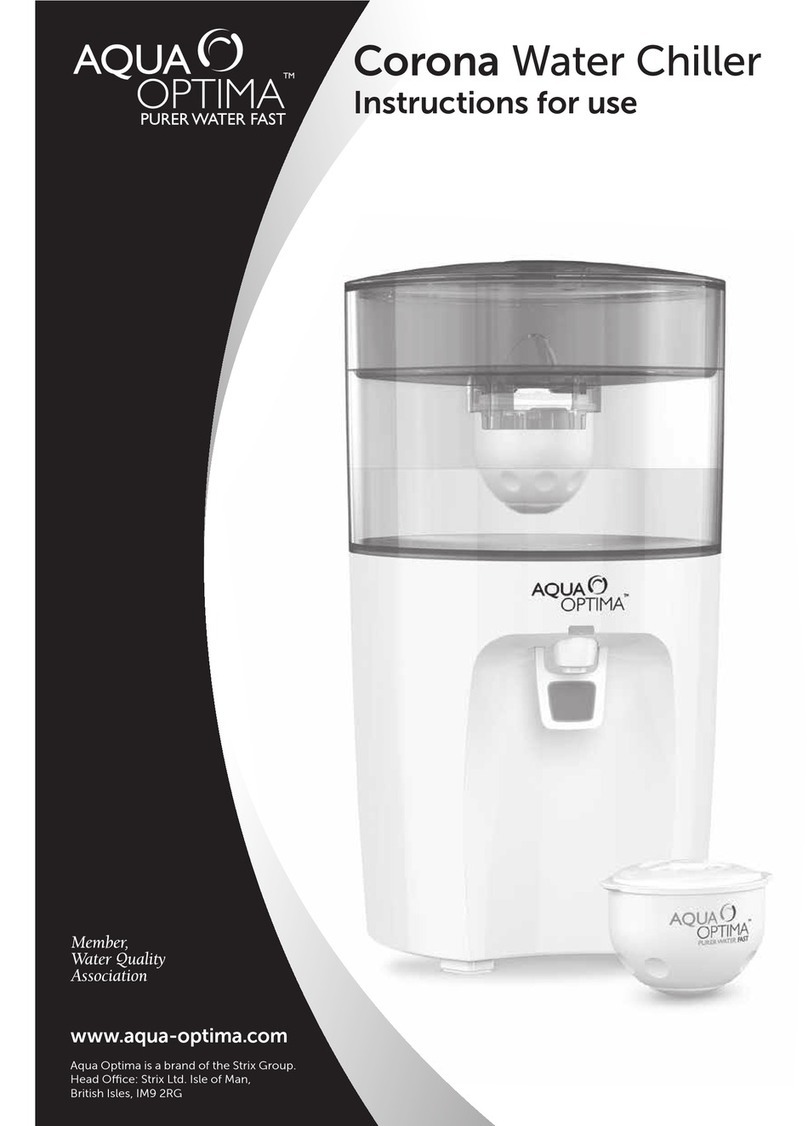
SMGB0082 rev.1 - 07/2015
V
General Index
3.5.13 Replacement of the pressure relief valve .................................................................................................... 93
3.5.14 Replacement of the sight glass ................................................................................................................... 93
3.5.15 Replacement of the crankcase heater (CH) ................................................................................................ 93
3.5.16 Replacement of the stop valve (x3)............................................................................................................. 94
3.5.17 Replacement of the thermistor (Suction, THMs) ......................................................................................... 94
3.5.18 Replacement of the thermistor (Discharge, THMd)..................................................................................... 95
3.5.19 Replacement of the thermistor (x2) (Evaporation, THMr2) ......................................................................... 95
3.5.20 Replacement of the thermistor (Cooler water inlet, THMwi)........................................................................ 96
3.5.21 Thermistor (Cooler water outlet, THMwo2) ................................................................................................. 96
3.5.22 Thermistor (Cooler water outlet, THMwo) ................................................................................................... 97
3.5.23 Replacement of the solenoid valves (SVa, SVb, SVc) ................................................................................ 97
3.5.24 Replacement of the water inlet pipe purge.................................................................................................. 97
3.5.25 Removing the differential pressure device (optional) .................................................................................. 98
3.6 Electrical components ...........................................................................................................................99
3.6.1 Replacement of the electrical box assy......................................................................................................... 99
3.6.2 Open electrical box doors............................................................................................................................ 100
3.6.3 Replacement of lamps and push buttons .................................................................................................... 101
Removal of the PCB’s ........................................................................................................................................... 102
3.6.4 Removal of the LCD screen ........................................................................................................................ 104
3.6.5 Transformer (TF1) ....................................................................................................................................... 106
3.6.6 Transformers (TF2, TF3, TF4)..................................................................................................................... 106
3.6.7 Overcurrent relay (ORC) ............................................................................................................................. 107
3.6.8 Contactors (CMC, CMCD, CMCS) .............................................................................................................. 107
3.6.9 Fuses (EF1, EF2, EF3. EFR, EFS, EFT) .................................................................................................... 108
3.6.10 Fuses (PFC) .............................................................................................................................................. 108
3.6.11 Relays........................................................................................................................................................ 109
3.6.12 Main Switch ................................................................................................................................................110
3.6.13 Capacitors ..................................................................................................................................................110
4. Troubleshooting..................................................................................................... 111
4.1 Inspection of power source and connections ...................................................................................... 112
4.2 Inspection of PCB................................................................................................................................ 113
4.3 Conrmation of operating value of protection devices and automatic operation devices ................... 113
4.4 Process of abnormality of Inverter for Fan .......................................................................................... 114
4.5 Protection control function................................................................................................................... 116
4.6 Caution indication................................................................................................................................ 117
4.7 Summary of fault diagnosis................................................................................................................. 118
4.8 Method for judgement of failure of Fan Module (Inverter)...................................................................120
4.8.2 Emergency operation method in case of Fan Module failure ...................................................................... 121
